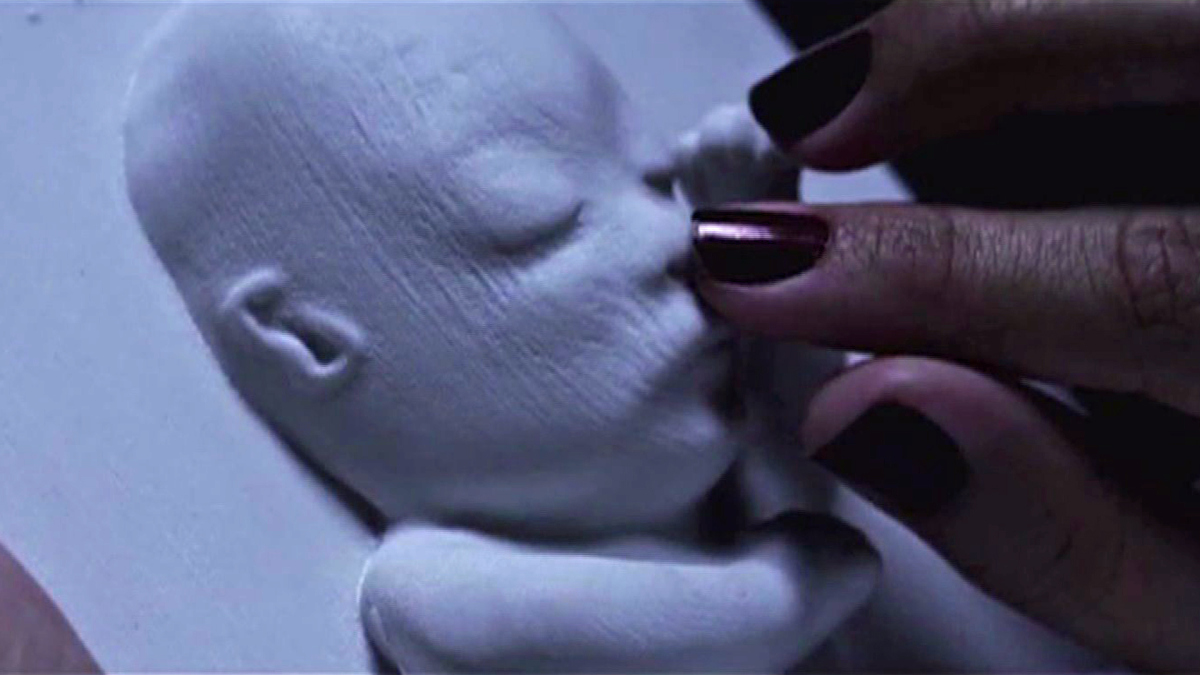4 paths through which 3D printing is disrupting the healthcare industry

Photo credit: KTLA 5 News
In 1984, when Chuck Hull invented 3D printing, he probably did not expect the extent of transformation the technology will achieve in 30 years.
3D printing, also known as additive manufacturing (AM), is a process that was originally used to create cheap prototypes, but has continued to evolve. Using a virtual design of the object you want to create, either through a 3D modeling program or a 3D scanner, your virtual object can become real.
3D printers, which are considered a type of industrial robot, can create three-dimensional objects, of almost any shape, through placing layers of material under computer control.
Despite the fact that it takes at least 30 minutes to 3D print anything, which can be a long time in case of health emergencies, the technology opens news doors to patients. At least 50,000 people worldwide benefit from customized surgical equipment made from 3D printing, according to Modern Healthcare. In addition to directly helping patients through printing tissues or organs, the technology helps indirectly in the process of drug testing, saving a lot of lab animals.
On the economic level, such technology provides new opportunities for market growth within the health sector. A report by visiongain, a business information provider based in London, forecasts the world market for 3D printing in the healthcare industry will be worth over $4B in 2018, while ID TechEx expects the size of the 3D printing market for the medical and dental sectors to reach $868 Million by 2025.
Several labs in Egypt introduced 3D printing services to the public, such as FabLab Egypt and Qafeer Labs. With this technology becoming accessible, Egyptian innovators have an opportunity to catch up with the increasing progression in fields like the following:
1-Bio printed Tissues

Ears, craniums and synthetic skins are all examples of tissues that have been 3D printed. Within a decade, it is expected that 3D printing organs, like kidneys will be possible, suggests Organovo, a medical laboratory and research company.
Professor Susmita Bose of Washington State University modified a 3D printer to bind chemicals to a ceramic powder creating intricate ceramic scaffolds that promote the growth of the bone in any shape.
Jonathan Butcher of Cornell University used a combination of cells and biomaterials to control the valve’s stiffness and printed a heart valve that will soon be tested in sheep.
According to The Economist, a set of liver tissues of 0.5 mm depth and 72 mm square, which can be used in labs, costs an average of 2000$.
2-Prosthetics and implants
Today, knee joints can be replaced with customized 3D printed pieces. A report by Credit Suisse projects a market for knee replacement surgeries of up to $1.8 billion.
Instead of costly, time-consuming traditional processes of prosthetics production, 3D printing suggests a solution. Researchers at the University of Toronto, have used 3D printing to produce cheap and easily customizable prosthetic sockets, which can be produced in short periods of time. E-Nable 3D printed prosthetic hand, for example, costs $50.
3-Dental products
Crowns, bridges, stone models, all can be 3D printed. The process does not only provide less production time for such appliances, but also minimizes the margin of error and possibility of misfits.
As Credit Suisse suggests, dental applications probably contain the most potential within health care. With more than 14,000 dental labs in the U.S alone, the report foresees market penetration to improve to 18% from 12% in the sector by 2016.
4-Medical devices
According to Mitchel and co., 90% of all hearing-aid shells today are already produced through 3D printing.
3D printing has gone beyond the scope of regular medical devices and introduced smart object to the industry. 3D printed bandages, like BioScope, can monitor hospitalized patients’ temperature, heart rate, movement and even body noises, and then send this data to a nurse or doctor’s computer.
How do you imagine the healthcare system in Egypt if 3D printing was incorporated? Share your thoughts with us.





































































EgyptInnovate site is not responsible for the content of the comments